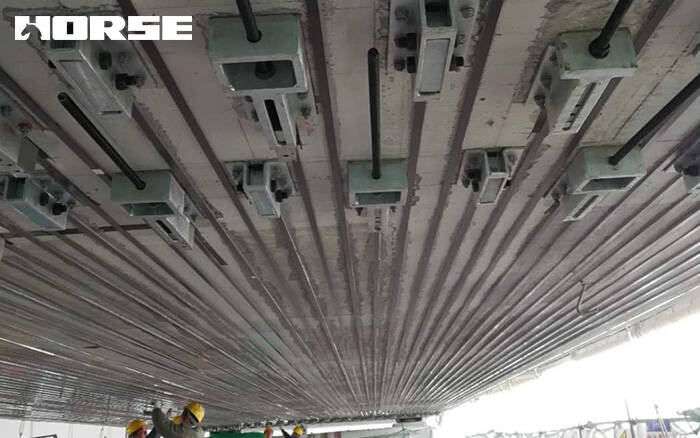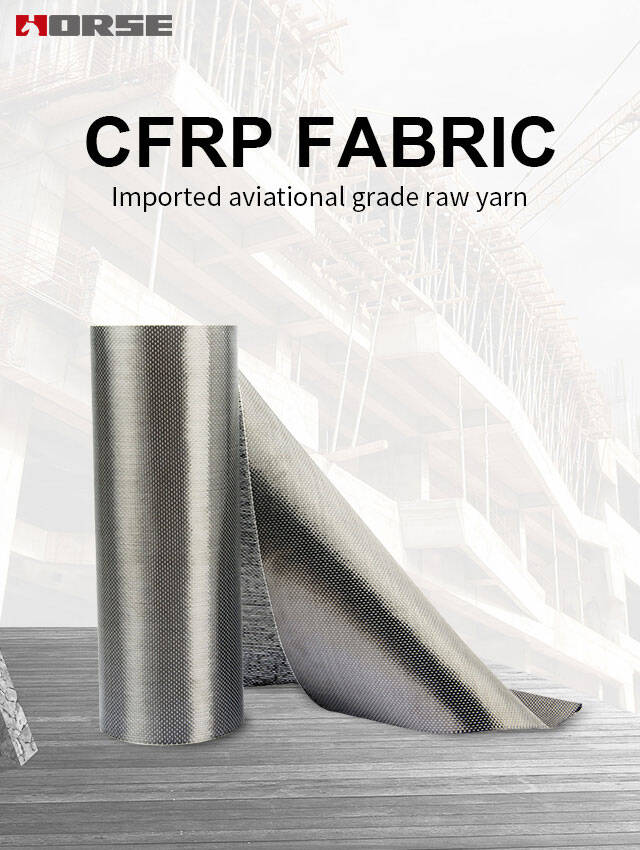Carbon fiber is the mainstream seismic reinforcement material in the world.
But do you know why carbon fiber can be used for seismic reinforcement?
Let's do a little experiment.
Usually when we eat food in plastic packaging bags, there will be a small mouth on the side. It is especially easy to tear the packaging bag when it is torn from this mouth.
Concrete is a brittle material. If there are cracks in the concrete wall, it is easy to cause the entire wall or floor to crack. So in the event of an earthquake, if there is a crack, it will be fatal to the whole building.
Therefore, carbon fiber will be used for seismic reinforcement.
The carbon fiber contains a large number of carbon fiber bundles, and is a ductile material. If an earthquake occurs, hard steel or concrete will be damaged. However, there is carbon fiber cloth attached to the wall. The wall will not be broken directly, but will be linked by carbon fiber. The entire structure is connected as a whole to absorb the force released by the earthquake. Even if the deformation is large, the floor or wall will not collapse or fall directly, and it will win time for people to survive.
The carbon fiber has many excellent properties, the weight is very low, significantly reducing the load and saving materials. And the anti-corrosion performance is outstanding, the durability is far beyond the level of the steel structure, and it is a rare material for seismic reinforcement. Can greatly improve building safety and save costs.


